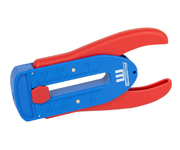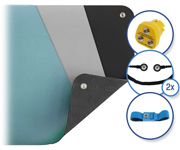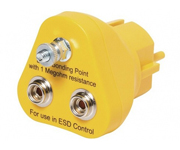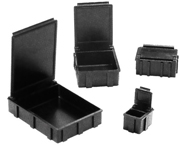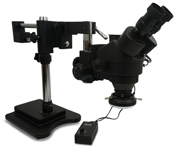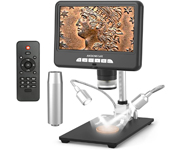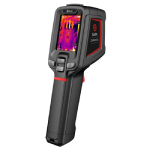Infrared cameras can be used to monitor the temperature of electrical wiring and connections, but also to see exactly where a door or window is drafting. At Eleshop we have infrared cameras from the very well-known, but often expensive, brand Flir, but also cameras from more affordable brands such as Guide and UNI-T. A camera that we have been very pleased with lately is the Guide PC210. With a price of is this very affordable en the specifications look very good. When you compare this PC210 with the much more expensive Flir E6-XT (at the moment of writing ~€2500, 01/09/2022), he even comes out better in many areas. In this article we make the comparison between these two cameras and explain that paying too much is not always necessary.
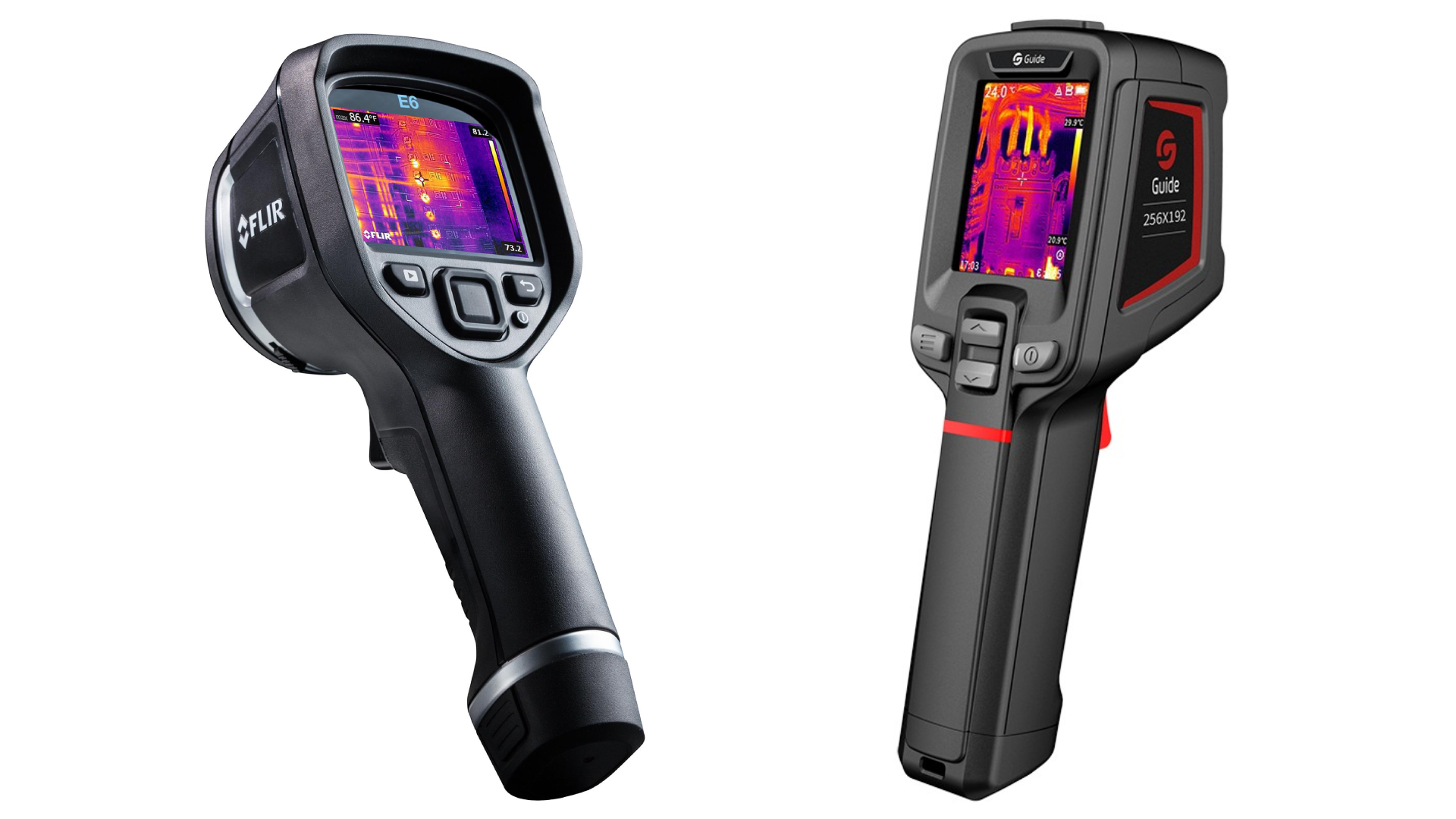
PC210 vs E6-XT
Below, the PC210 and E6-XT will be compared on the so-called hard and soft specs. The hard specs describe the specification differences such as range, accuracy, frame rate, etc. The soft specs are more the specification differences that you notice in the user-friendliness of the product.Hard specs
| Specification | Guide PC210 | Flir E6-XT |
| Temperature range | -20 tot 550 °C | -20 tot 550 °C |
| Accuracy | ±2 °C or ±2% (the largest value is applicable) | ±2 °C or ±2% (the largest value is applicable) |
| Focal distance | Min. 30 cm | Min. 50 cm |
| Field of View | 56x48° | 45x34° |
| Frame rate | 25 Hz | 9 Hz |
| IR-resolution | 256x192 Px | 240x180 Px |
| IR thermal resolution | 0.045°C | 0.06°C |
| Spatial resolution | 3.75 mrad | 3.4 mrad |
| Detector type | Focal plane array | Focal plane array |
| Spectral range | 7.5-14 µm | 7.5-13 µm |
| Screen modes | IR, Visible, Picture-in-picture, MIF | Thermal msx, thermal, picture in picture, thermal blending, digital camera |
| Colour palette | 6:White Hot, Iron Red, Hot Iron, Arctic, Rainbow 1, Rainbow 2 | Black and white, iron and rainbow |
| Screen | 2,4" (320 × 240 Px) | 3" (320 × 240 Px) |
| Battery (charging time) | 16 hours (2.5 hours) | 4 hours (2.5 hours) |
| Interfaces | USB | USB, Wi-Fi |
| Dimensions | 194×62×76 mm | 244x165x315 mm |
| Net weight | 0.375 kg | 0.575 kg |
Soft specs
As can be seen from the hard specs, the PC210 even outperforms the much more expensive E6-XT in many areas. These specifications, but also things like the software, influence the user-friendliness of these two cameras.Camera
In terms of the camera itself, as can be seen from the hard specs, the PC210 looks better than the E6-XT in many areas. For example, the PC210 has a better IR resolution, spectral range and a much smaller thermal resolution. A thermal resolution of 0.04°C is the standard for professional cameras. The PC210 is very close to this at 0.045°C, but the E6-XT has a much lower thermal resolution at 0.06°C. The focal distance of the PC210 is also smaller, so you can get closer to images and the field of view is a lot larger so that much more information can be seen within an image. In addition, the PC210 has a frame rate of 25 Hz compared to the 9 Hz of the E6-XT. This high frame rate ensures that the image of the PC210 is much smoother than the E6-XT. (see GIF below) On the camera front, the spatial resolution is actually the only specification where the E6-XT scores better than the PC210. Although the difference between the two in this area is very small.







